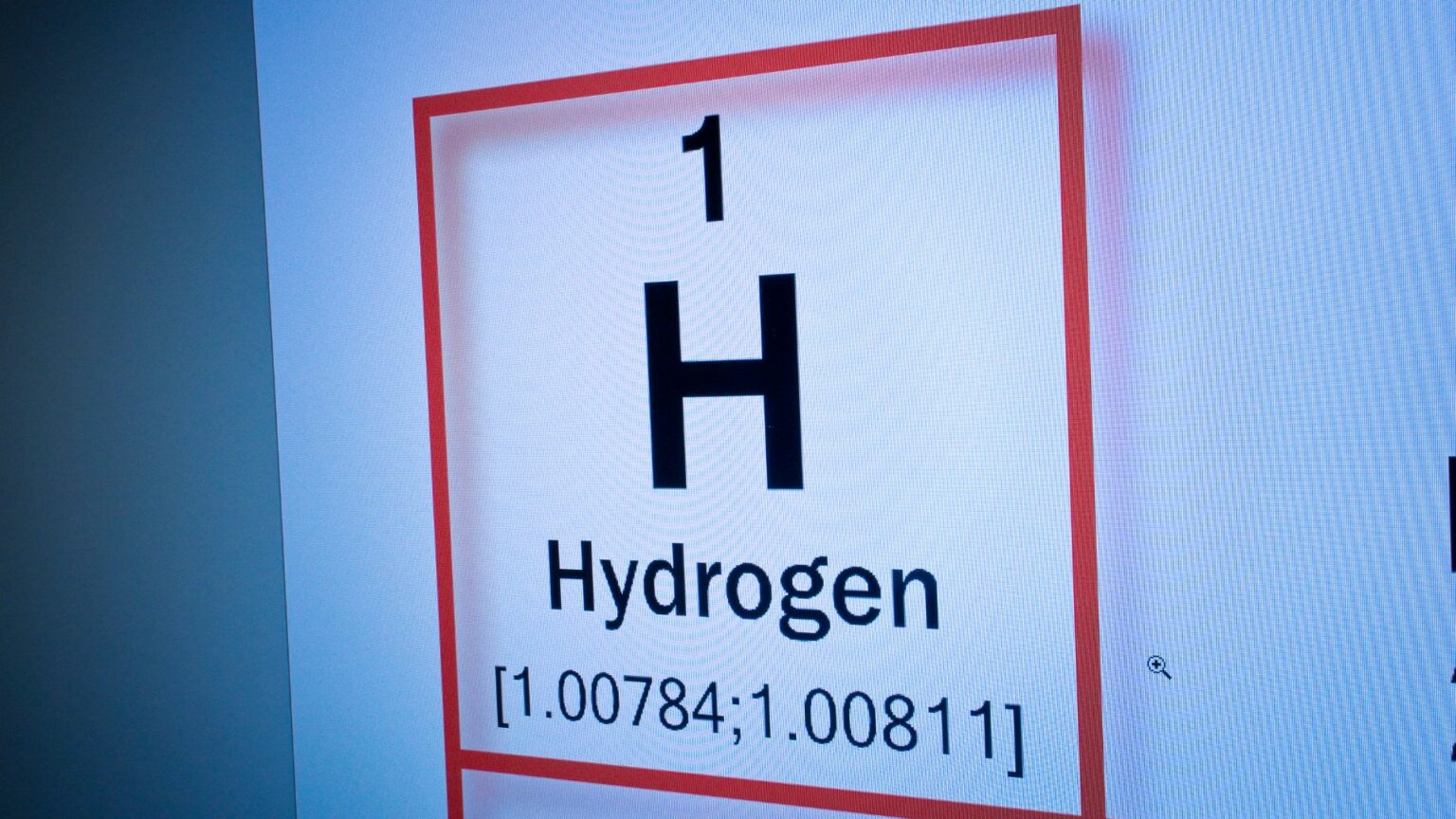Proton exchange membrane fuel cells (PEMFCs) are at the forefront of advanced energy conversion technologies due to their high efficiency, negligible emissions, and high specific energy. Yet, a persistent challenge has been optimizing performance under varying relative humidity conditions. A recent study published in the International Journal of Hydrogen Energy offers a promising solution.
Three-Dimensional Interface Structure
The researchers tackled this challenge by developing an asymmetric membrane coated with hydrophilic carbon nanotubes (HCNTs) on the cathode side of the proton exchange membrane (PEM). This innovative structure aimed to enhance the membrane’s dimensional stability by addressing water flooding-induced swelling on the cathode side. Moreover, the HCNTs layer improved the interfacial affinity with the cathode electrode, significantly improving performance.
Remarkable Performance Achievements
The membrane electrode assembly (MEA) constructed using the asymmetric PEM showed impressive performance metrics. At 100% relative humidity, the MEA achieved current densities of 800 mA cm−2 and 1300 mA cm−2 at 0.7 V and 0.6 V, respectively, with a maximum power density of 818 mW cm−2. Even more notable, under 0% relative humidity conditions, the MEA maintained a current density of 1100 mA cm−2 at 0.6 V and a maximum power density of 788 mW cm−2. This stability in low humidity makes this technology highly practical for real-world fuel cell applications.
Improvements in Water Management
A key feature of the HCNTs layer is its ability to enhance water management by promoting water back diffusion from the cathode to the anode. Effective water diffusion is crucial in preventing drying out of the PEM and ensures sustained performance. The novel structure significantly boosts the stability of the MEA under low RH conditions, a critical factor in extending the lifespan of fuel cells in harsh environments.
In this study, an innovative approach by fabricating an asymmetric membrane coated with HCNTs showcased a practical and effective method. The result substantially enhanced the performance and stability of PEMFCs insensitive to variable humid conditions. This breakthrough offers a promising pathway for future fuel cell technologies, meeting enduring energy needs with greater reliability and efficiency.





